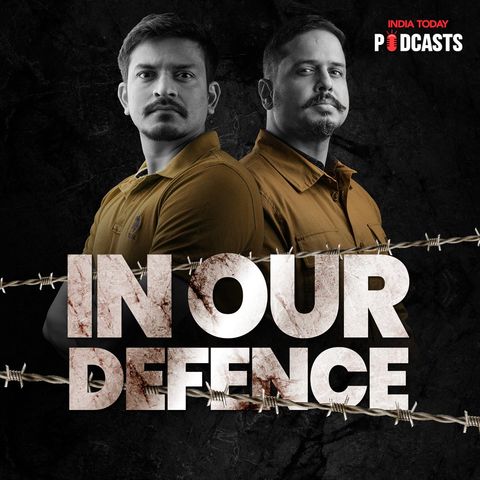4 OCT 2024 · Iran fired more than 180 ballistic missiles, including its hypersonic medium-range Fattah-2, in a major offensive aimed at overwhelming Israel’s air defences. The strikes hit key military targets such as the Nevatim and Tel Nof airbases, home to Israel’s F-35 fighter jets.
In this episode of In Our Defence, host Dev Goswami and defence expert Shiv Aroor unpack Iran’s recent missile offensive on Israel and how the Fattah-2, used for the first time, targeted Israel’s Arrow defence system, designed to intercept long-range ballistic missiles. Iranian officials claim that 90% of their missiles successfully hit their targets, although Israel and the U.S. reported intercepting most of the projectiles.
So, what makes hypersonic ballistic missiles so formidable? How do they differ from traditional missiles, and what technologies allow them to bypass even the most sophisticated defence systems? How prepared is the world for the era of hypersonic missile warfare?
But this attack raises deeper questions about Iran’s military capabilities. While Iranian officials touted the success of their missiles, critics argue that Iran may exaggerate its technological prowess. Is Iran truly at the cutting edge of hypersonic technology, or is there more to the story?
We also explore the broader implications of hypersonic missile technology. Where does India fare in all of this? What’s India’s ballistic missile defence system?
With superpowers like the U.S., China, and Russia advancing their hypersonic weapons programs, this new arms race is unfolding without the regulatory oversight that controlled nuclear arms during the Cold War. What does this mean for global security? Can existing defence systems, like Israel’s Iron Dome and Arrow, adapt to meet this emerging threat?
Finally, we consider the nuclear dimension. If an incoming missile is suspected to be nuclear, who makes the decision to intercept it? And what are the strategic considerations behind such a critical move?
Tune in!
Produced by Anna Priydarshini
Sound mix by Sachin Dwivedi


